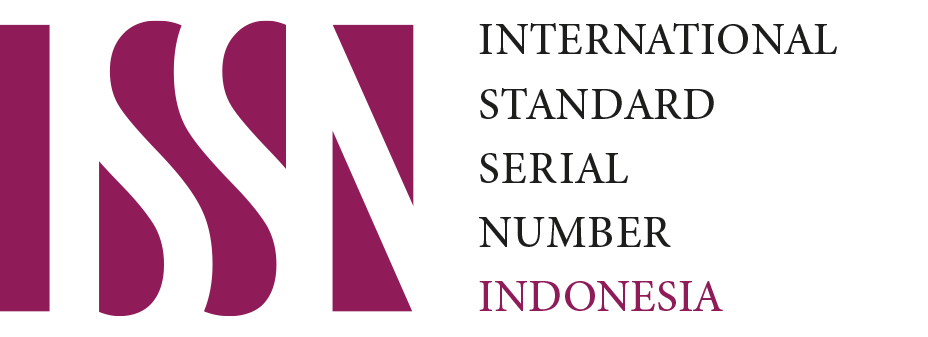Evaluation of the Efficacy and Safety of Nanotechnology-Based Herbal Formulations for Hypertension Management
Abstract
The use of herbal preparations as antihypertensive therapy continues to expand alongside advances in drug delivery technologies, particularly through nanotechnology-based approaches. This article discusses the impact of nanotechnology-based herbal formulations on enhancing the efficacy and safety of hypertension therapy, based on findings from recent studies. Nanoformulations of natural compounds such as curcumin, black garlic, red ginger, garlic, Phaleria macrocarpa, and Rauvolfia serpentina have been shown to improve bioavailability, stability, and antihypertensive activity compared to conventional extracts. Their main mechanisms include inhibition of the angiotensin-converting enzyme (ACE), increased nitric oxide (NO) production, and improvement of antioxidant status, which collectively contribute to the protection of hypertension target organs. Nano-delivery systems also offer better safety profiles with minimal toxicity. These findings indicate that nanoherbal preparations hold promise as more effective and safer complementary therapies for hypertension management. However, most studies remain limited to in vitro and preclinical in vivo experiments, highlighting the need for further investigations, including pharmacokinetic and clinical trials, to confirm their long-term benefits and safety.
Copyright (c) 2025 Ni Wayan Nanda Nirmala Sari

This work is licensed under a Creative Commons Attribution 4.0 International License.








:strip_icc():format(webp)/kly-media-production/medias/4550198/original/016488700_1692862388-cover.jpg)

